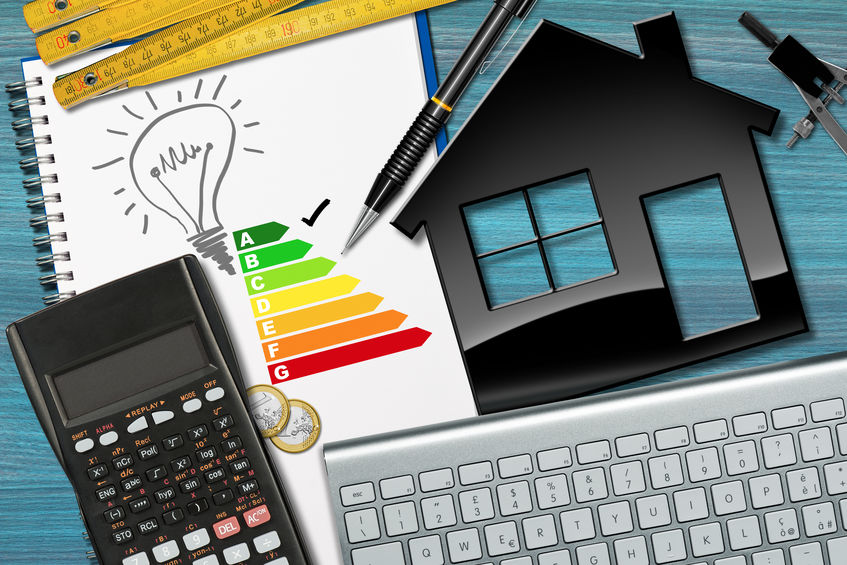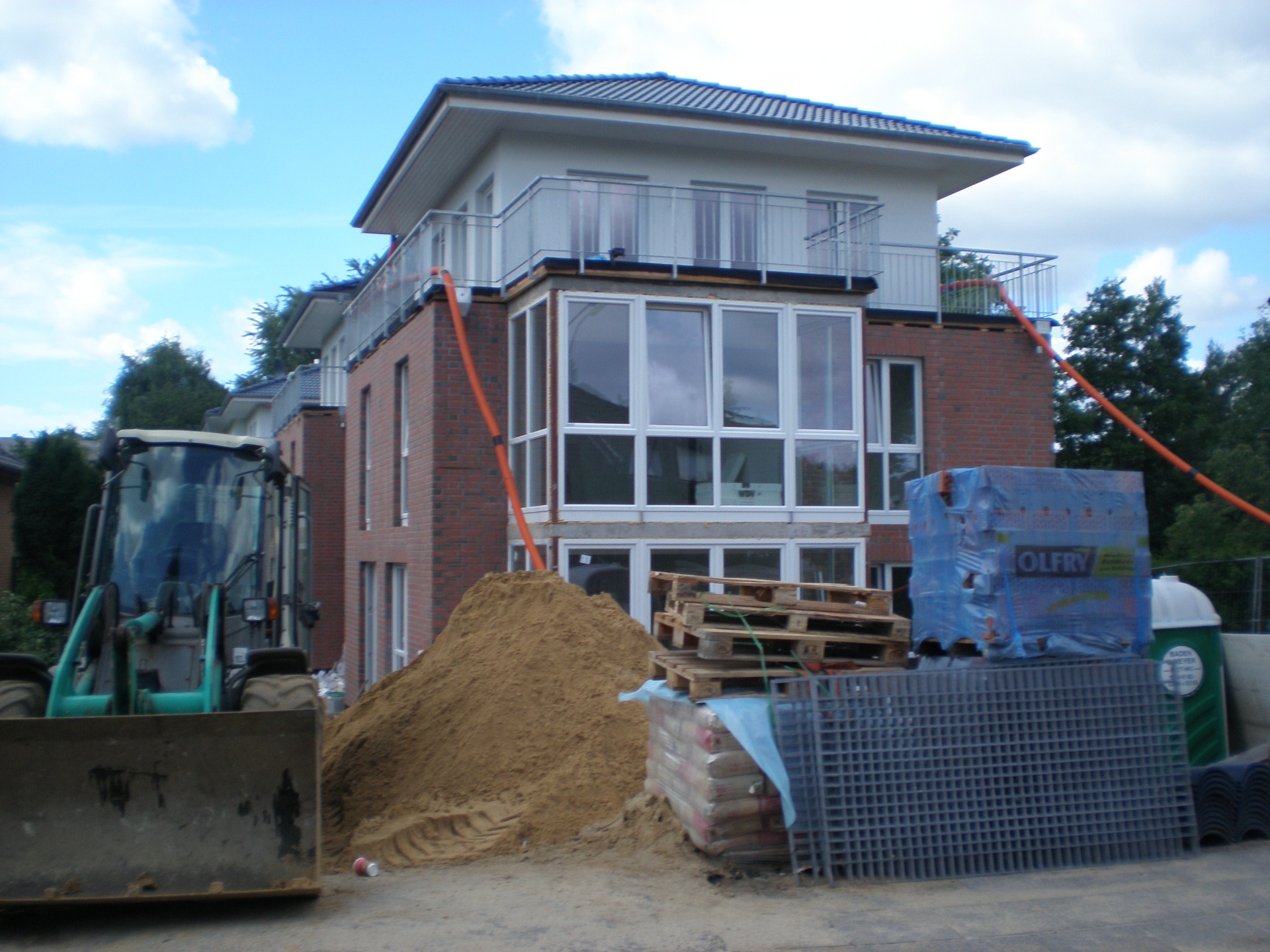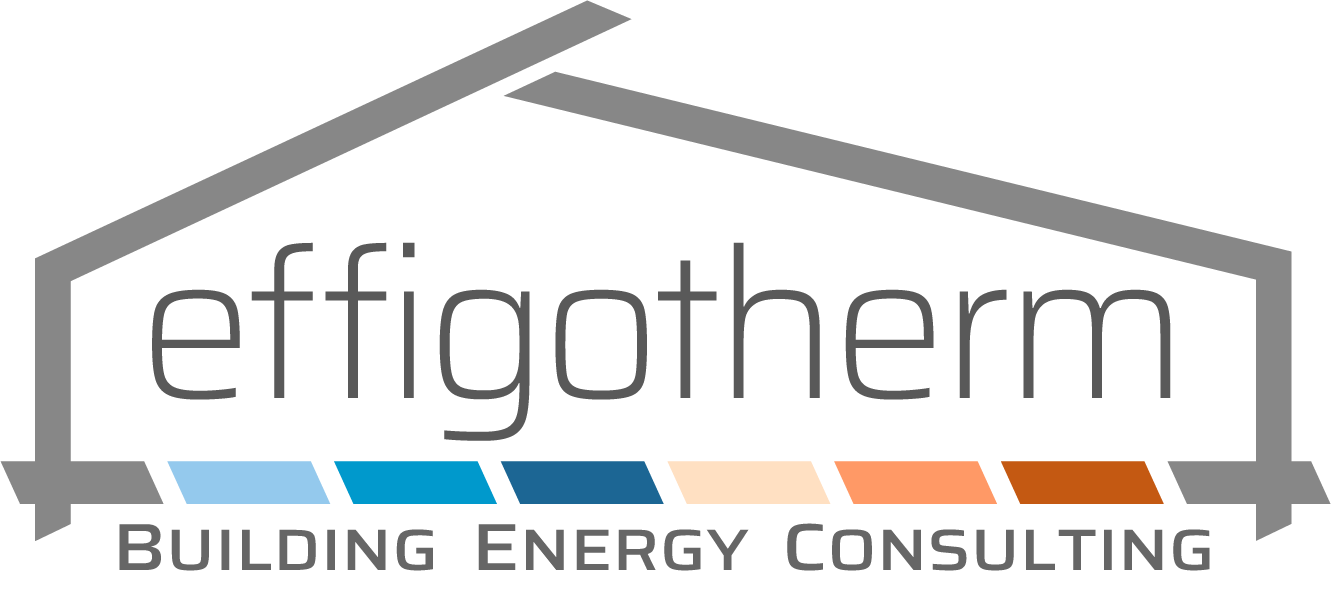Types of
BER certificates
- Provisional
BER at the design stage. This type of BER is prepared at the building design
stage based on architectural/engineering drawings and material specification,
such: materials used for the building
envelope (walls, floors, roofs), type of space and water heating system, type
of ventilation etc. The point of a provisional BER is to give an indication of
what rating to expect after the building is completed.
- Final
BER for new built after the constriction is completed.
- BER
for existing buildings. The most common BER, carried out in cases of buildings
for rent/sale, and SEAI grant applications. It is based on a building survey
within which the assessor gathers information about the heating, ventilation,
domestic hot water systems and takes measurements of the area, windows, doors.
To ensure that the survey goes seamlessly, it is advisable for the homeowner to
prepare the MPRN number and the construction year of dwelling. The survey is
non-invasive, however, the assessor needs to access all parts of the dwelling.
- Post-BER. This BER is needed after retrofitting works using grants is completed. It
used as an evidence that the retrofitting works are completed and the grants
can be released.


